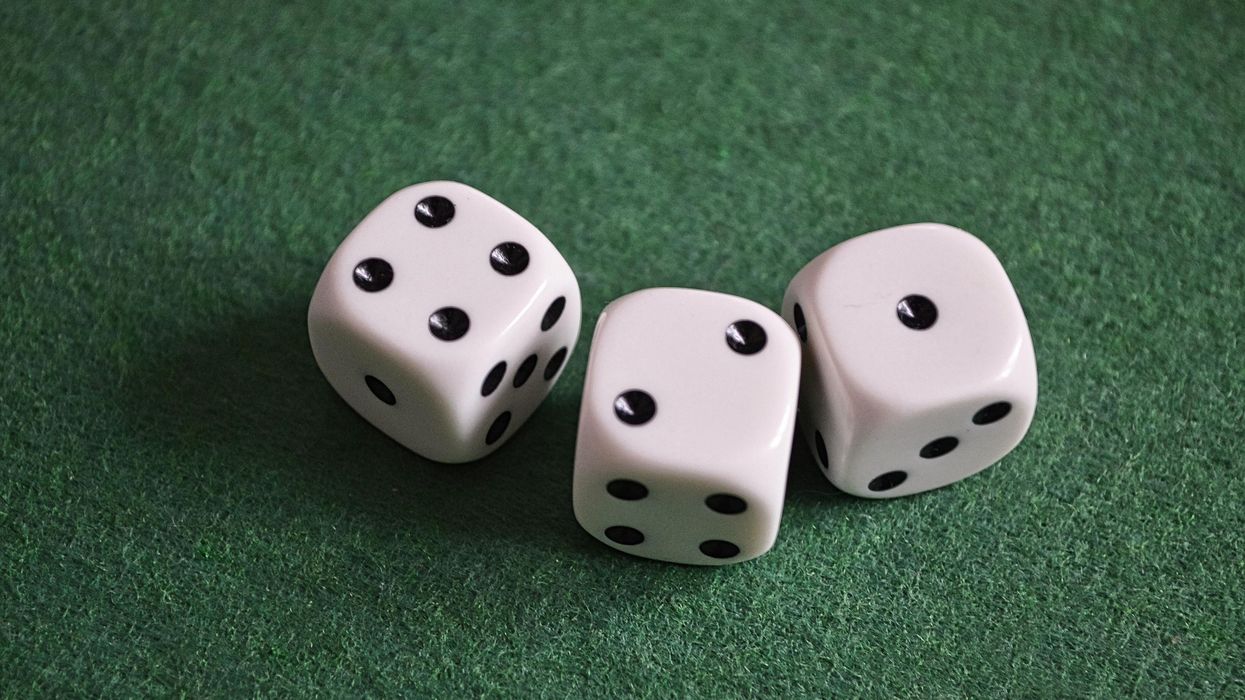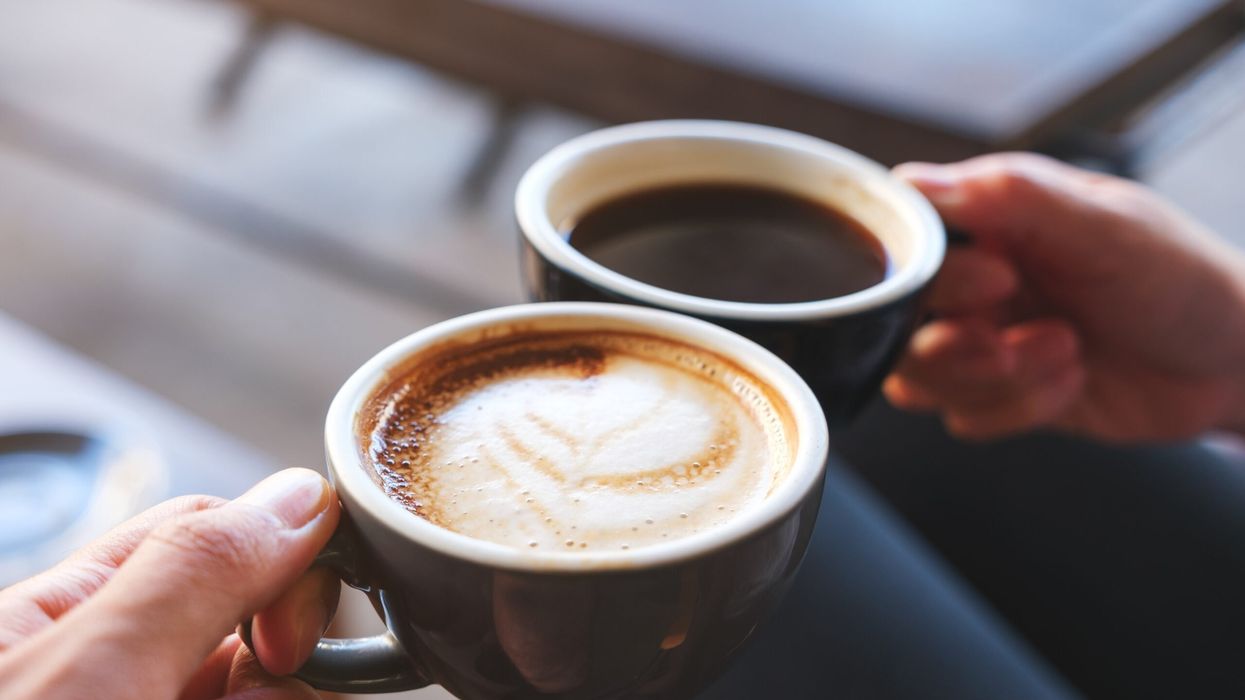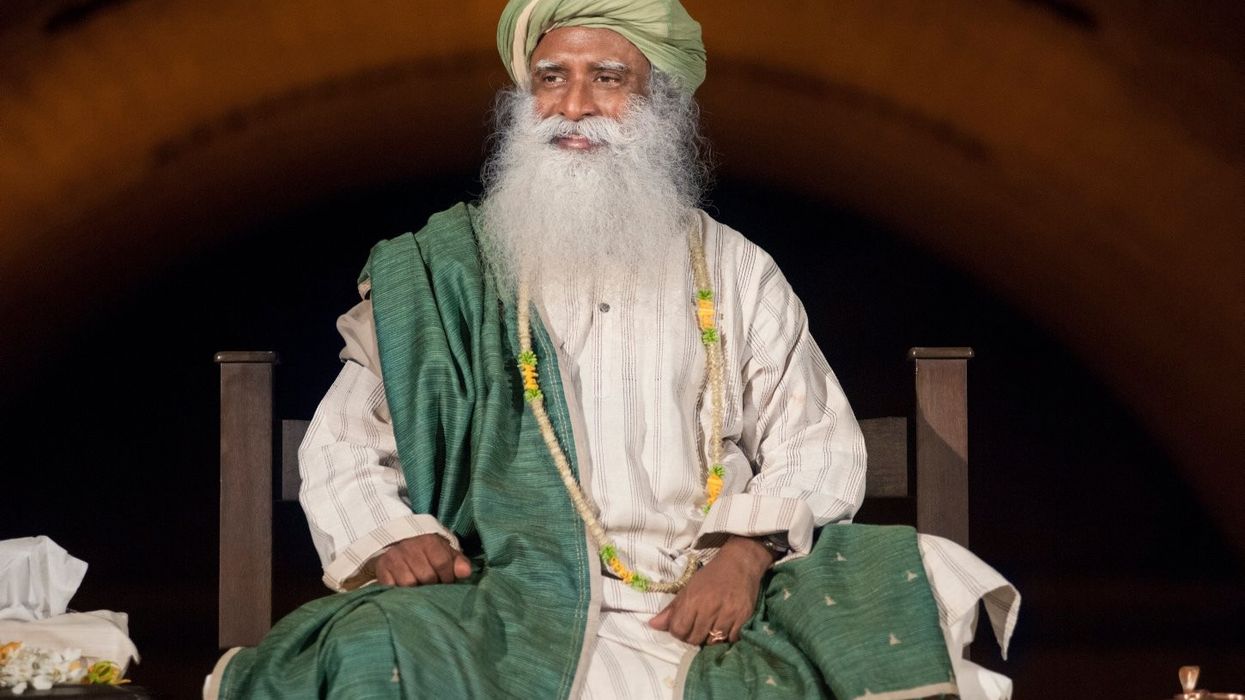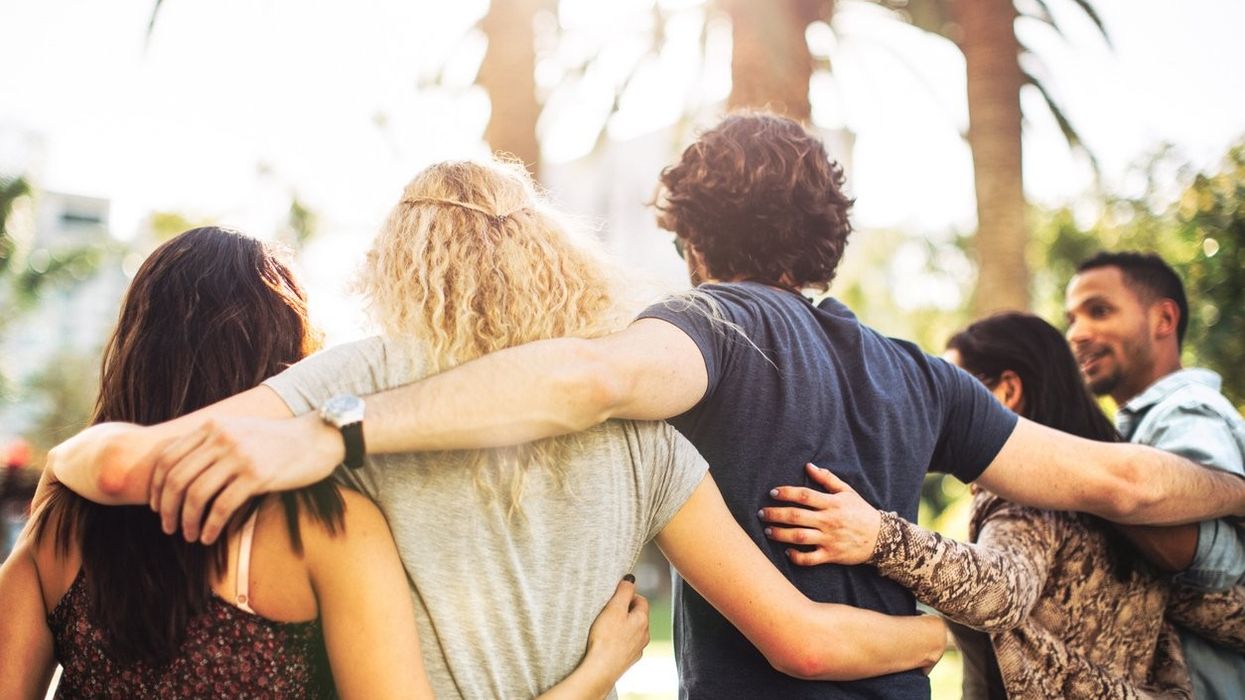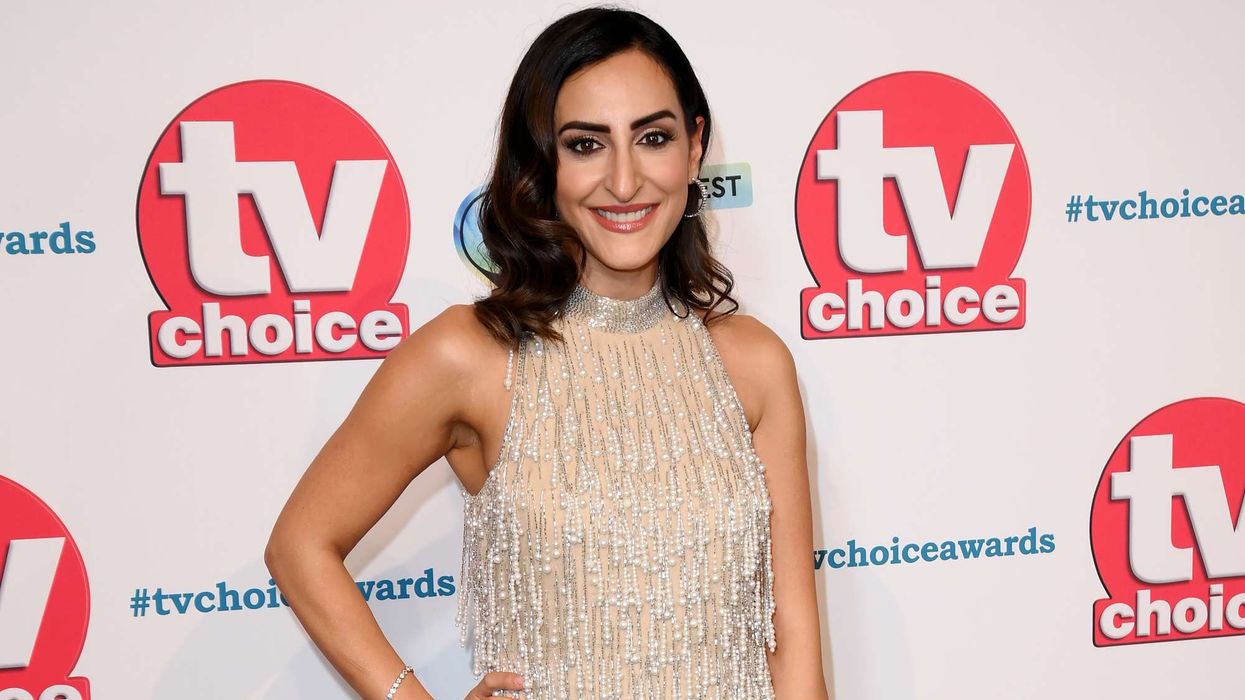Bangladesh will provide emergency food supplies for "as long as needed" to thousands of sex workers left destitute by the sudden closure of brothels due to the coronavirus pandemic.
The government on March 20 announced it was shutting about 12 officially sanctioned brothels in Bangladesh including one of the world's largest brothels, Daulatdia, which houses about 1,500 female sex workers.
The closures prompted sex workers to appeal to the government for help and authorities promised to give them all a package of 30 kgs of rice, a freeze on rent, and $25.
Rubayet Hayat, a government officer in the sub-district of Goalanda west of Dhaka where Daulatdia brothel is located, said food deliveries started last week although the money had yet to be given out and the shutdown has been extended until April 14.
"We won't just give them the relief once and then move on. Our goal is to support them continuously because we don't know for how long the virus is going to remain," he said.
Sex work is legal in Bangladesh although it is considered immoral by many in the Muslim-majority nation of about 160 million people, which has so far reported 12 deaths from COVID-19 with at least 120 other confirmed cases.
Kalpona, a 30-year-old sex worker from Daulatdia brothel, said while the food was a blessing, workers needed money.
"We have rice and daal but what about meat, fish and spices? We also need to buy napkins and medicines. We are a vulnerable community as it is and without money, the situation is worse," she said.
Workers in the other registered brothels have also been provided with food, according to the Sex Workers Network, a group that has been supporting sex workers since 2000.
Human rights group Mukti Mahila Samity, that supports sex workers, said most workers live hand-to-mouth existences, with only about one in nine having the ability to save up and feed themselves.

